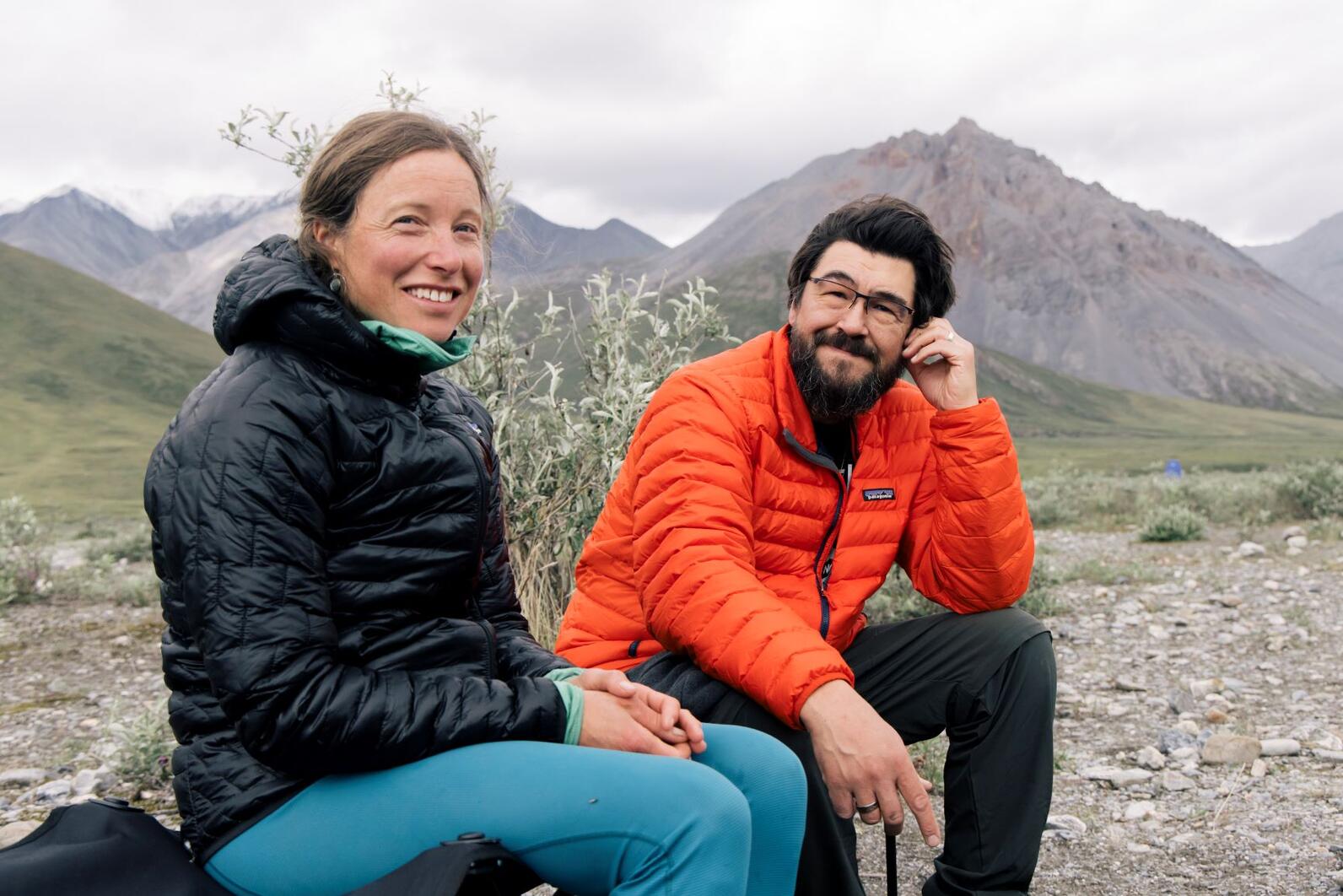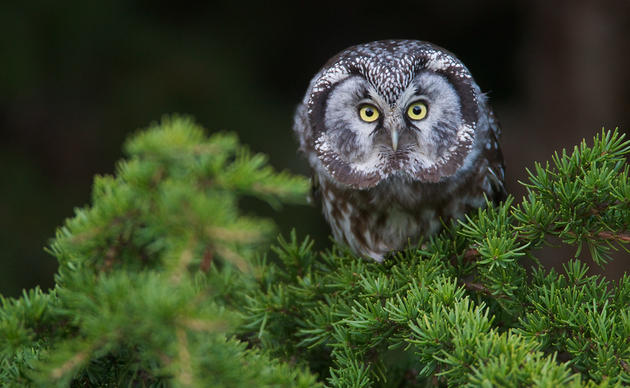
So many fish have pulsed up the wild waters of Bristol Bay already this summer that a record was broken. Over 63 million fish have returned to the region’s rivers, and more are coming. Blueberries are ripening early. Salmonberries are late. Sandhill cranes may be flying south earlier this year. “There is abundance and drought. Some things are early and late, others not at all,” writes a set-netter friend on the Naknek River. These notes from the field suggest that while the rhythms we know to define our seasons in Alaska continue, change is constant.
Change is fraught with challenge and requires courage. One of the ways we are supporting change in our work is by uplifting the voices of our Indigenous partners in an effort to decolonize conservation efforts to protect Alaska’s wild landscapes. This month, we joined with our partners as part of the Imago Initiative to create a space for a place-based dialogue about Indigenous-led opportunities to protect the coastal plain of the Arctic Refuge. We supported Inupiat and Gwich’in partners in living alongside conservation leaders for a week of camping on the Hulahula River. We ate together, sang together, laughed, and cried. We did all of this as caribou pushed south through the valleys, reminding us that we are only one species—of many—who care about and need these places to exist. It takes courage to look at these decades-long conservation campaigns with fresh eyes, but creative regeneration mixed with the lessons from our elders are the necessary components of forward momentum. Sarah James reminded all of us that we must do our work “in a good way.”
We have many reasons to celebrate how we are doing the work in a good way. The Biden administration, through the USDA Forest Service, announced a new trajectory for Southeast Alaska that immediately ends old-growth logging, and reinvests federal funds away from timber production and toward restoration and resilience. Instead of pushing forward subsidized timber sales at lost profit and lost lands for communities, the Forest Service may repair culverts for spawning salmon and invest funding into the new Indigenous Guardians program. The USDA stated their intent to listen to the requests of regional Tribes advocating for their rights to sovereignty as part of a Traditional Homelands Conservation Rule that will also protect roadless areas and important habitats for birds and other wildlife.
Summer’s sweet returns also include a focus on climate change, including Alaska’s role in stabilizing climate change. This summer, much of the country is suffering from extreme drought, heat, and wildfires. These events are not separate from Alaska, and we contribute to not only these climatic changes, but the opportunity to be a large part of our global climate solutions. In June, Audubon released our Natural Climate Solutions Report that found Alaska contains 53% of the total carbon sequestration for the United States. In the Arctic, this equates to tundra absorbing two times the rate of carbon as the surrounding atmosphere. It brings both a heaviness to the responsibility we bear in our work, but also, the knowledge that with every gain we make to protect places, we are also making gains in protecting the lives of all species in the face of change. This may be our sweetest return.




